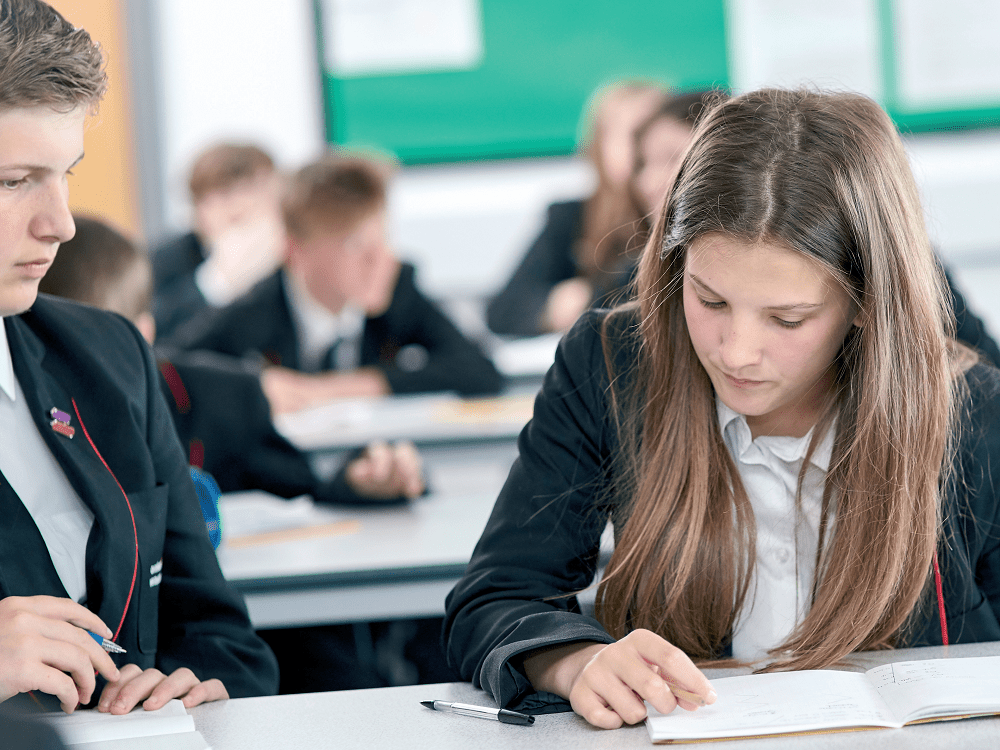Multiplication is an essential part of any student’s understanding of mathematics. Getting a sense of place value enables students to estimate the answer and use technology sensibly.
Although nowadays we have computers and calculators to do routine calculations for us, we still need to understand what multiplication does and when to use it. It is also important to have a sense for what size an answer should be, so that we can make useful estimates when accuracy is not essential and spot errors when using technology.
In this maths lesson, students have to try to make the maximum product possible by making two numbers from the digits 1 to 9 and multiplying them together. This task allows students to generate lots of practice through trial and error but also focuses their thinking on place value and the optimal positions for the highest-value digits.














